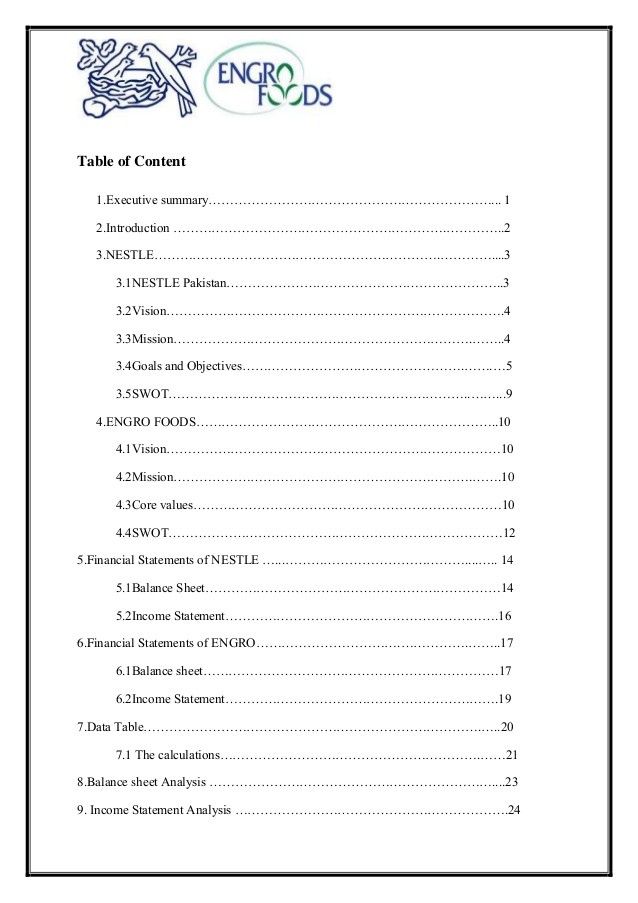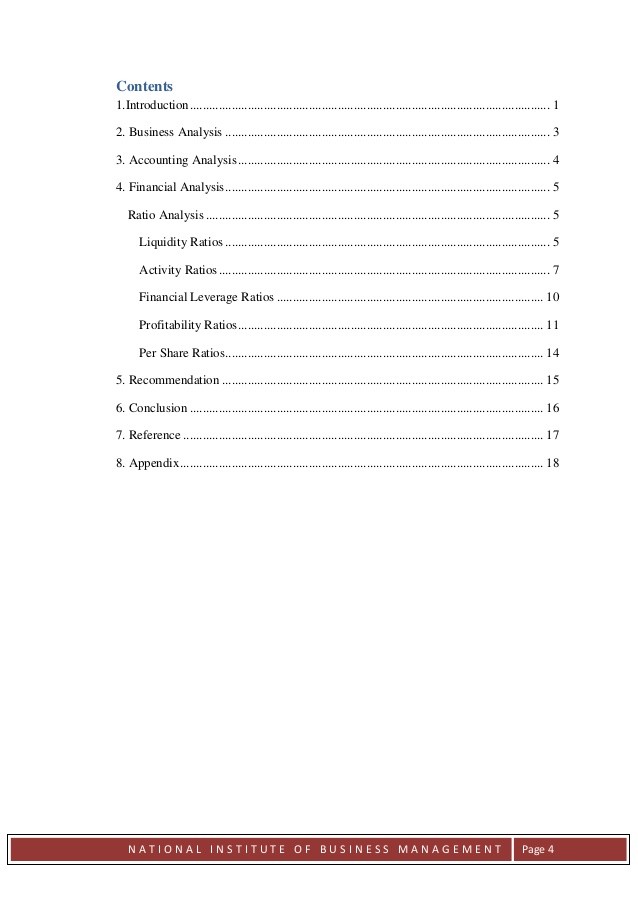Ten Ratios for Financial Statement Analysis For Dummies
Post on: 8 Август, 2015 No Comment

The four major ratio measurements that users of the financial statements perform to gauge the effectiveness and efficiency of a companys management are liquidity, activity, profitability, and coverage. But you may be asking, isnt an investor interested only in how profitable a company is? Not necessarily.
Liquidity, which is how well a company can cover its short-term debt; activity, which shows how well a company uses its assets to generate sales; and coverage, which measures the degree of protection for long-term debt, are all measurements that have to be considered along with profitability to form a complete picture of how well a business is doing.
Current ratio
This ratio tells you the companys ability to pay current debt without having to resort to outside financing. Lets say youre looking at a companys balance sheet. Current assets are $100,000 and current liabilities are $45,000. The current ratio is 2.2 ($100,000 / $45,000). In this case, the company has sufficient current assets to pay current liabilities without going to outside financing.
The electric ratio acid test
The acid test ratio is similar to the current ratio, but it includes only quick assets. Wait, what the heck is a quick asset? A quick asset is readily convertible to cash or is already in the form of available cash think money in the companys operating checking account.
To figure the acid test ratio, you first add together cash, temporary cash investments (like stock in other companies that the business plans to sell within one year of the balance sheet date), and accounts receivable. Then you divide that total by the companys current liabilities.
Asset turnover
Turnover analysis shows how quickly income-producing assets such as merchandise inventory comes in and goes back out the door. The quicker, the better! In normal circumstances, efficiently moving assets indicates a well-run business. Therefore, the asset turnover ratio measures how efficiently a company uses its assets to generate sales.
The basic formula for calculating asset turnover is net sales divided by average total assets. If net sales are $135,000 and average total assets are $87,500, asset turnover is 1.54 times. In other words, the company earns $1.54 for each $1 it invests in assets. That turnover ratio looks pretty good, but to truly give this ratio meaning, you have to compare it to asset turnover for similar companies.
Inventory turnover
This activity measure shows how efficiently the company is handling inventory management and replenishment and how fast the products are being sold. The less inventory a company keeps on hand, the lower its costs are to store and hold it. This strategy lowers the cost of inventory that must be financed with debt or owners equity, or the ownership rights left over after deducting liabilities.
To compute this ratio, divide the cost of goods sold by average inventory. Suppose that the cost of goods sold is $35,000 and average inventory is $8,500. Inventory turnover is 4.12 times ($35,000 / $8,500). Again, comparing this inventory turnover figure against industry averages, the higher the ratio, the better!
Accounts receivable turnover
This ratio shows the average number of times accounts receivable (A/R) is turned over that is, booked and paid during the financial period. The sooner a company collects receivables from its customers, the sooner the cash is available to take care of the businesss needs.
Why is this such a big deal? Well, the more cash the company brings in from operations, the less it has to borrow for timely payment of its liabilities.
Return on assets (ROA)
This ratio shows how well a company is using its assets to make money. Basically, the premise is that how well a company uses its assets to generate revenue goes a long way toward telling the tale of its overall profitability.
A business that is effectively and efficiently operated, which this and other activity measures show, generally is more successful than its less effective and efficient competition.
Figure ROA by dividing net income, which is revenue minus expenses by average total assets. So if net income is $55,000 and average total assets total $87,500, ROA is 63 percent. By any accounting ratio, that number is pretty good: It shows that, for each dollar in assets, the company earned 63 cents.

For effective ratio analysis, you need to use similar types of companies or measure ROA for the same company over a period of years. (This approach, known as trend analysis, looks at the same ratios over several time periods.)
Return on equity (ROE)
Return on equity (ROE) measures the profit earned for each dollar invested in a companys stock. You compute it by dividing net income by average owners equity.
The higher the ratio, the more efficiently the companys management is utilizing its equity base. This measurement is important to stockholders and potential investors because it compares earnings to owners investments. Having net income grow in relation to increases in equity presents a picture of a well-run business.
Profit margin on sales
Profit margin on sales is net income divided by net sales. This ratio gives the users of the financial statements the 411 on how well the company is handling expenses: It measures the net income (revenue minus expenses) generated by each dollar of sales.
Debt to equity
Equity shows the owners investment interest in the company and is represented by stock and additional paid-in capital. The debt-to-equity ratio gives users an idea of how a company is financed: through debt or equity. This consideration is important because a company with a high debt-to-equity ratio can have wild fluctuations in net income due to interest expense.
Book value per share
Compute this ratio by dividing total common stockholders equity (all paid-in capital attributable to common stock plus retained earnings) by the number of shares of common stock outstanding. If total common stockholders equity is $65,000 and the number of shares of common stock outstanding is 9,900, book value per share is $6.57.














